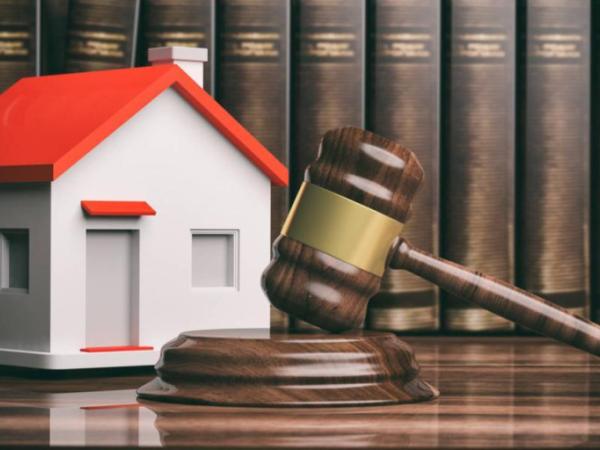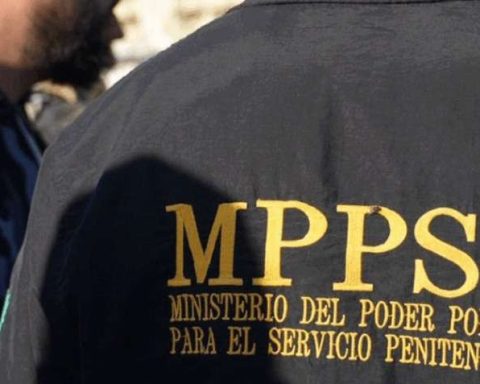A seizure is one of the most feared situations a person can face. This occurs to guarantee that a debtor fulfills an obligation or pays a debt in favor of a creditor. According to Datacrédito, “The embargo is a judicial process that involves the retention of debts that have not been paid in due time. Additionally, like any judicial process, this must be ordered by a judge of the Republic at the request of a creditor, whose obligation has not been paid on time by the debtor”.
However, This resource is one of the last that the law will take, so you can prevent it if it prevents a series of items from happening.
(Read: Mastercard is working on a payment method that would replace credit and debit cards)
What must happen before a seizure order
Embargo
iStock
Before the embargo occurs, the following steps must be completed:
1. Has to default on a paymentbe it a loan or taxes.
2. The debt creditor must issue you a debt noticeThat is, you must know (in writing) the money you owe and from when.
3. If you do not reach a payment agreement or settle your debt, the opening of the judicial process.
4. After opening the judicial process, A judge can issue a ruling on it. In this case, the judge will decide if the debt exists, if you have not done your part to pay it off, and if the garnishment process should be carried out. Here, The judge issues the seizure orderbut it does not make it effective.
5. The creditor makes the seizure order effectivetaking it to the banks or to the police.
6. Execution of the embargo.
(Read: Colombia Without Hunger: how do you know if you are a beneficiary with only the ID?)
That is to say, In step 3 you have the possibility to delay or prevent a judge from considering it to issue a garnishment order against him.
Unseizable assets

Judge
iStock
The current legislation in Colombia, specifically article 594 of the General Process Code, establishes clear protection for housing when it is considered family property, declaring that it cannot be seized. This ensures that a family’s home cannot be subject to foreclosure, ensuring a safe and stable place for its members.
(Read: Citizen Income: how do I know if I have a balance in Banco Agrario?)
Additionally, The Substantive Labor Code protects the legal minimum wage, which is also non-seizable. However, If a person earns income above this threshold, the surplus can be seized, although only up to one-fifth of the amount that exceeds the minimum wage. This provision seeks to balance the protection of the debtor with the rights of creditors.

Money
iStock
The legislation also protects the debtor’s personal property, such as clothing, furniture, books and kitchen utensils, which cannot be seized. Likewise, other assets such as the rights of use and habitation, family property—those that belong to several people and are intended for housing—, dowry assets, unemployment benefits and compensation for work accidents are considered non-attachable.
(Read: VAT refund 2024: how to check if I am a beneficiary with an ID number?)
In the process of lifting an embargo, it is essential that a judge verify compliance with obligations by presenting the necessary records and evidence that demonstrate that the payment was made correctly. Once compliance is confirmed, the judge will order the registrar of public instruments to eliminate the embargo, in the case of real estate, thus allowing the debtor to recover full disposal of his property.
PORTFOLIO
















